Beneath Rome’s bustling piazzas and sun-drenched ruins lies a hidden world so astonishing, it almost defies belief. Imagine walking the cobbled streets, never realizing that just below your feet is a labyrinth of temples, crypts, ancient roads, and even entire forgotten neighborhoods. The Eternal City isn’t just a single layer of history—it’s a complex, multi-layered cake, each slice telling a story of ambition, faith, loss, and rebirth. Descending into these shadows feels like stepping into a living time machine, where the echoes of emperors, martyrs, and everyday Romans still linger in the cool, musty air. If you’ve ever wondered what secrets might be buried beneath centuries of empire, faith, and chaos, you’re about to embark on a journey that’s equal parts thrilling, eerie, and deeply moving.
The Labyrinth Under the Streets
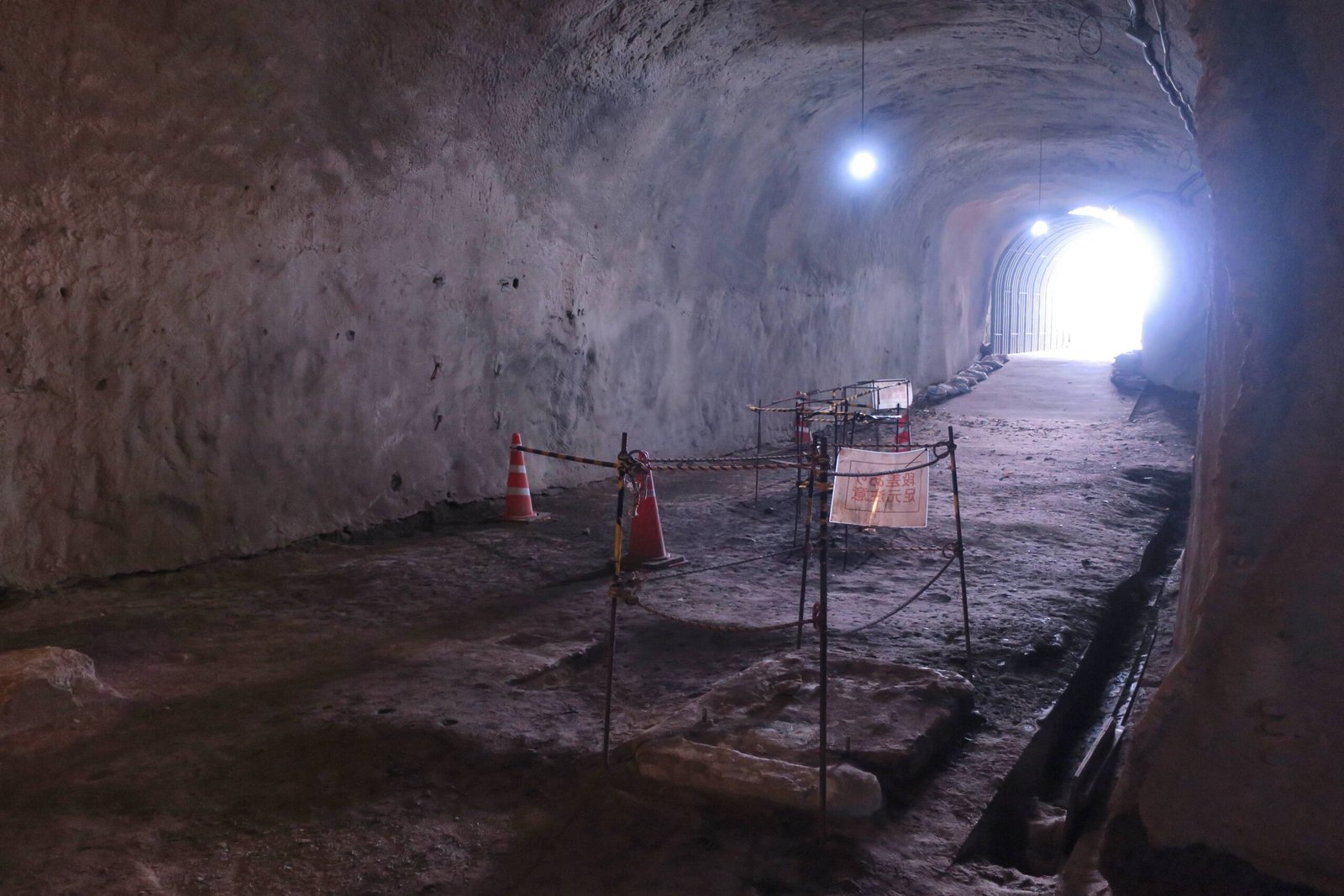
Rome’s underground is a chaotic web of tunnels, chambers, and passageways. These corridors wind beneath the city like hidden veins, carrying the tales of generations past. Some were carved by ancient engineers for practical reasons—like aqueducts and sewers—while others were created out of necessity, such as catacombs for burials. Walking through these labyrinths, it’s hard not to feel a sense of awe mixed with a little fear. The walls, often slick with moisture, are etched with faded inscriptions and the occasional Christian symbol. Imagine flickering torchlight casting strange shadows while whispers of forgotten prayers dance on the stone. It’s a place where history feels alive and ready to reach out and grab you.
Layers of History: Rome Built on Rome
One of the most mind-bending facts about Rome is that it’s literally built on top of itself. As centuries rolled by and empires rose and fell, new structures were often constructed directly atop the ruins of the old. Archaeologists have unearthed ancient Roman houses underneath Renaissance palazzos, and below those, even older Etruscan remnants. In some places, you can stand in a medieval church and gaze down through glass panels at Roman mosaics and walls. This vertical tapestry of time means that every renovation or construction project risks uncovering another secret—perhaps a forgotten temple, a lost street, or even a hidden crypt filled with bones.
The Mysterious Catacombs
Venture beneath the city and you’ll find the catacombs—sprawling networks of tunnels used as burial places by early Christians and Jews. These sacred labyrinths stretch for miles, sometimes plunging several layers deep. Walls are lined with simple tombs, some decorated with painted fish, doves, or the Chi-Rho symbol. The air is thick with the scent of damp earth and ancient stone, a reminder of how these passageways served as both cemetery and sanctuary. The catacombs bear silent witness to times of persecution, when faith had to be practiced in secret. Stepping inside, you can’t help but feel the weight of centuries pressing in, as if the city’s soul is whispering its own eulogy.
San Clemente: The Church of Three Cities
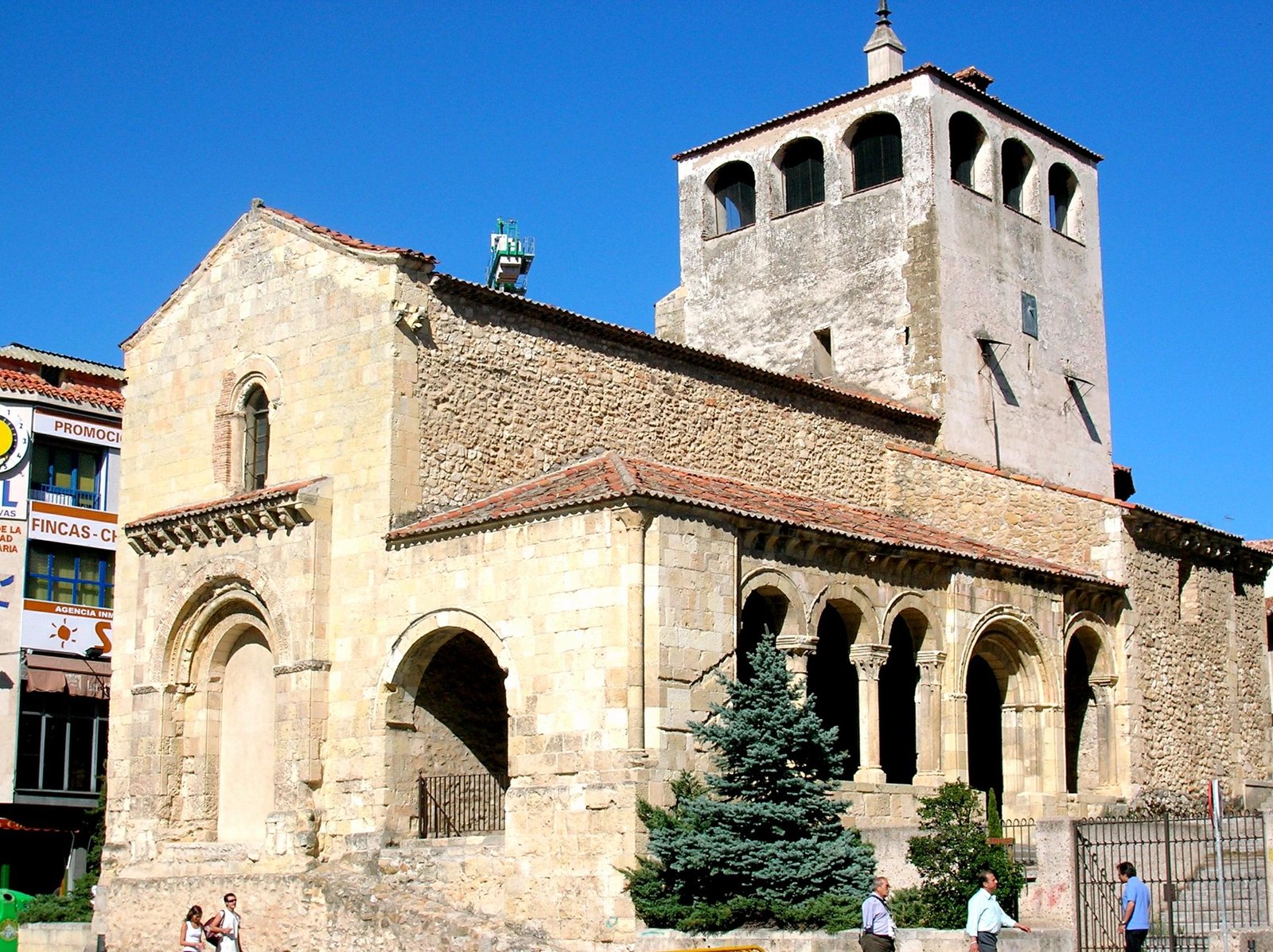
San Clemente is a living example of Rome’s layered past. Above ground, you find a beautiful 12th-century basilica, filled with golden mosaics and sunlight streaming through stained glass. But descend a staircase, and you’re suddenly in a 4th-century church, its faded frescoes telling stories of ancient faith. Go deeper still, and you’ll stand in a 1st-century Roman house—complete with a pagan Mithraeum, a temple dedicated to the god Mithras. Each level feels like a chapter in a novel, revealing how Romans adapted and transformed their city over time. The blend of sacred spaces and everyday homes is a powerful reminder of how religion and ordinary life once intertwined, right here in the heart of the city.
The Capuchin Crypt: Art Made of Bones

Few places in Rome are as haunting—or unforgettable—as the Capuchin Crypt. This macabre masterpiece lies beneath the Church of Santa Maria della Concezione, where the bones of over 3,700 monks are arranged in elaborate patterns. Skulls and femurs create chandeliers, arches, and even entire altarpieces. It’s eerie but strangely beautiful—a stark meditation on mortality and eternity. The crypt’s most famous inscription reads, “What you are now, we once were; what we are now, you shall be.” Standing among the bones, you can’t help but ponder the fragility of life and the mysteries that lie beyond.
The Lost Temples of Ancient Gods
Rome’s underground isn’t just for the dead. Hidden beneath churches and palazzos are the remains of temples dedicated to gods long forgotten. The Mithraeum beneath San Clemente, for example, was once a sacred space for followers of Mithras, a mysterious cult that rivaled early Christianity. Other subterranean temples, such as those honoring Isis or Cybele, still bear traces of colorful frescoes and altars. These hidden shrines remind us that Rome was once a melting pot of faiths, each vying for the soul of the city. Exploring these ruins feels like peeking behind the curtain of history, glimpsing the secret rituals and beliefs that shaped Rome’s destiny.
The Cloaca Maxima: Rome’s Ancient Sewer

The Cloaca Maxima, or “Great Drain,” is one of Rome’s engineering marvels—an ancient sewer system still partially in use today. Built over 2,500 years ago, it was designed to carry wastewater away from the city and prevent floods. Descending into its dark, echoing tunnels, you can sense the ingenuity and ambition of Rome’s first engineers. The Cloaca Maxima isn’t glamorous, but it’s a testament to the practical genius that made Rome thrive. It also reminds us that beneath all the grandeur, a city must still handle the messy realities of daily life.
The Hypogeum of the Colosseum
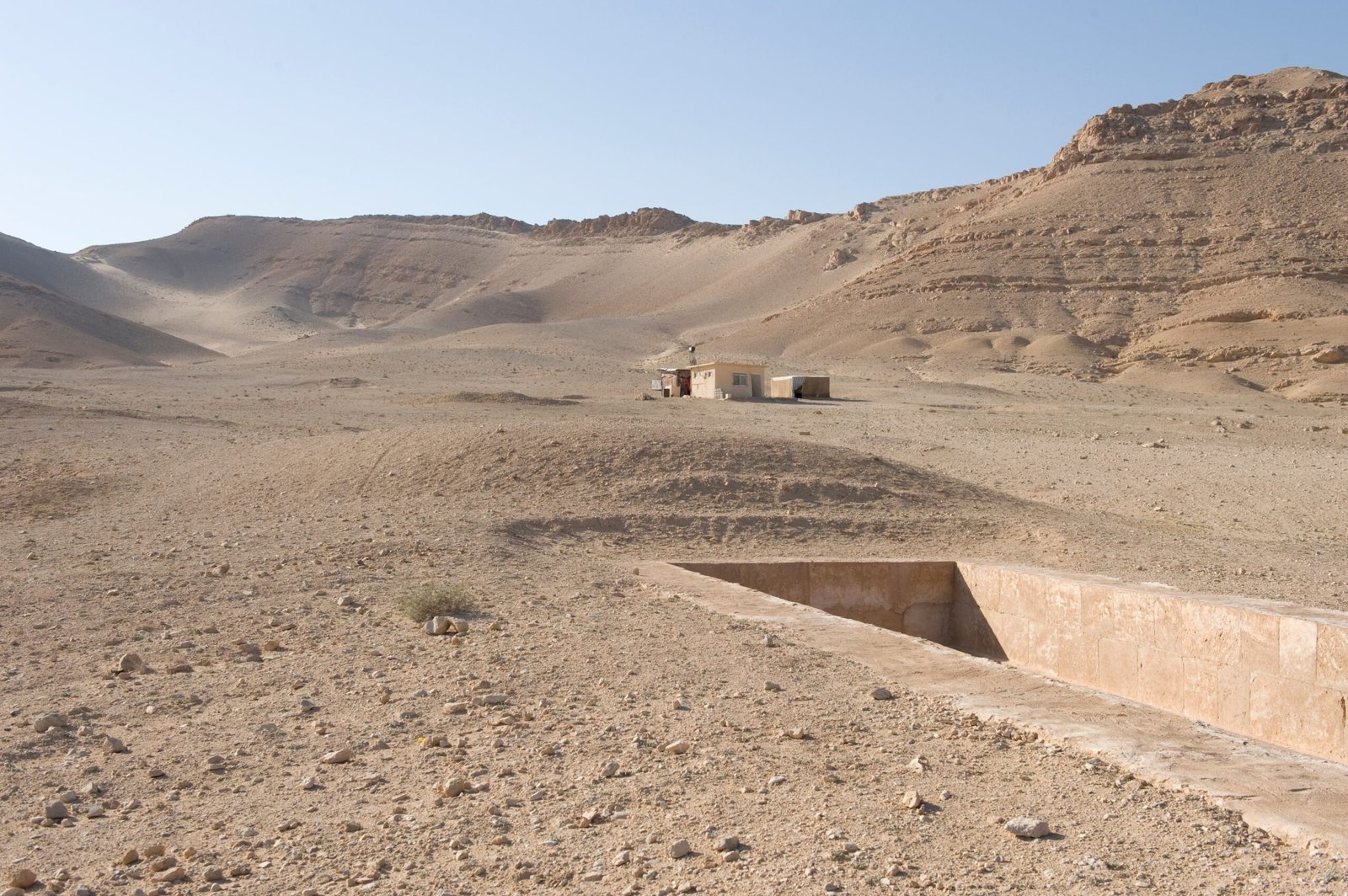
Beneath the iconic Colosseum lies the hypogeum, a complex system of tunnels and chambers where gladiators, animals, and stage machinery once waited in anticipation. These dark corridors were the backstage of ancient entertainment, filled with the tension and excitement of upcoming battles. Trapdoors and elevators allowed for dramatic entrances, adding shock and awe to the spectacles above. Exploring the hypogeum today, you can almost hear the roar of the crowd and the clank of armor—the pulse of ancient Rome echoing in the darkness.
The Jewish Catacombs of Vigna Randanini
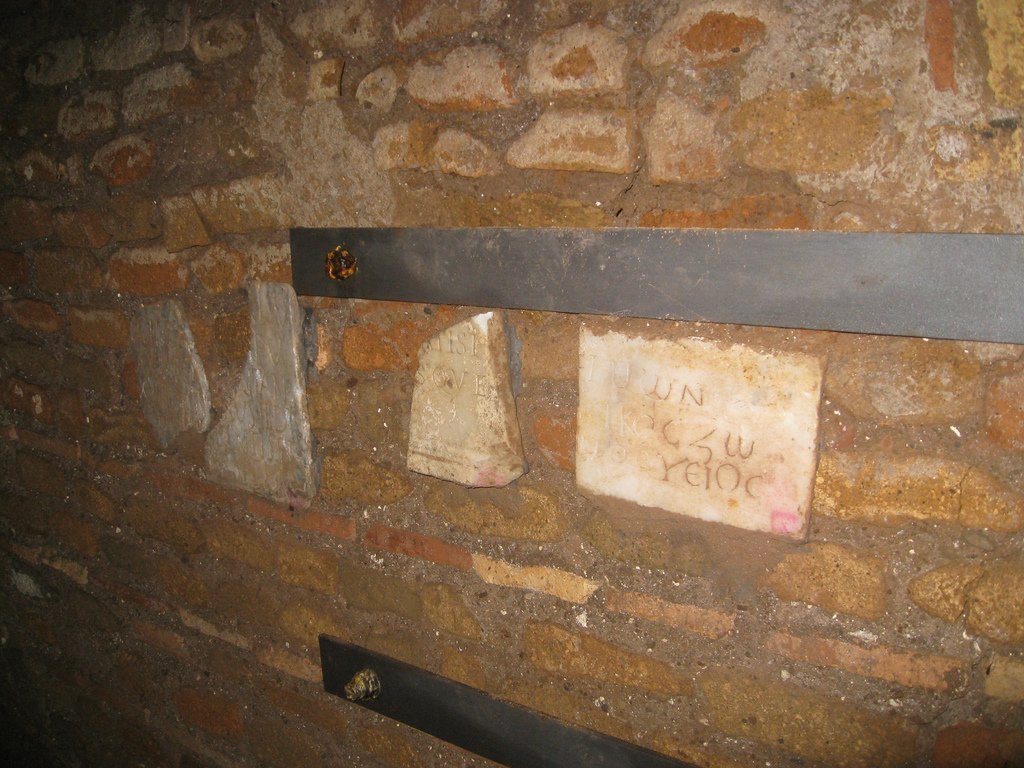
Not all of Rome’s underground is Christian. The Jewish catacombs of Vigna Randanini, discovered in the 19th century, tell a different story. Here, inscriptions are written in Greek and Latin, decorated with menorahs and other Jewish symbols. These catacombs reflect a vibrant, multicultural city where different faiths lived side by side—sometimes in harmony, sometimes in tension. The cool, quiet corridors here are a testament to cultural resilience, survival, and the ongoing search for a home.
Secret Passages and Escape Routes
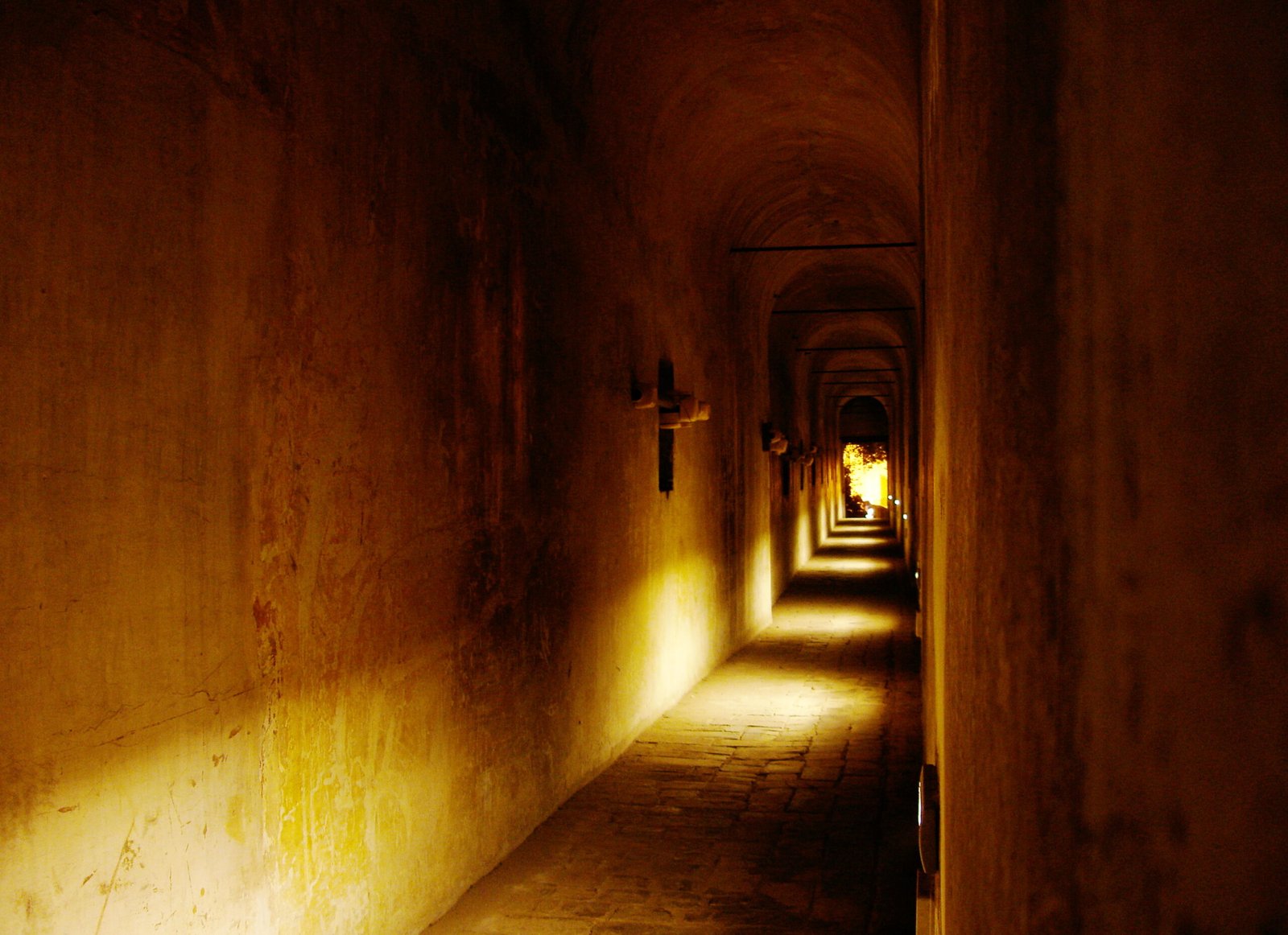
Over the centuries, Rome’s underground has also served as a network of escape routes and secret passages. During sieges or times of persecution, these hidden corridors allowed popes, rebels, and nobles to slip away unseen. Legends swirl about tunnels connecting the Vatican to distant fortresses, or secret doors beneath the Forum. While not all these stories are proven, the very existence of such passages fuels the imagination. They speak to a city always ready for intrigue, drama, and the unexpected.
Subterranean Aqueducts: Lifelines of the City
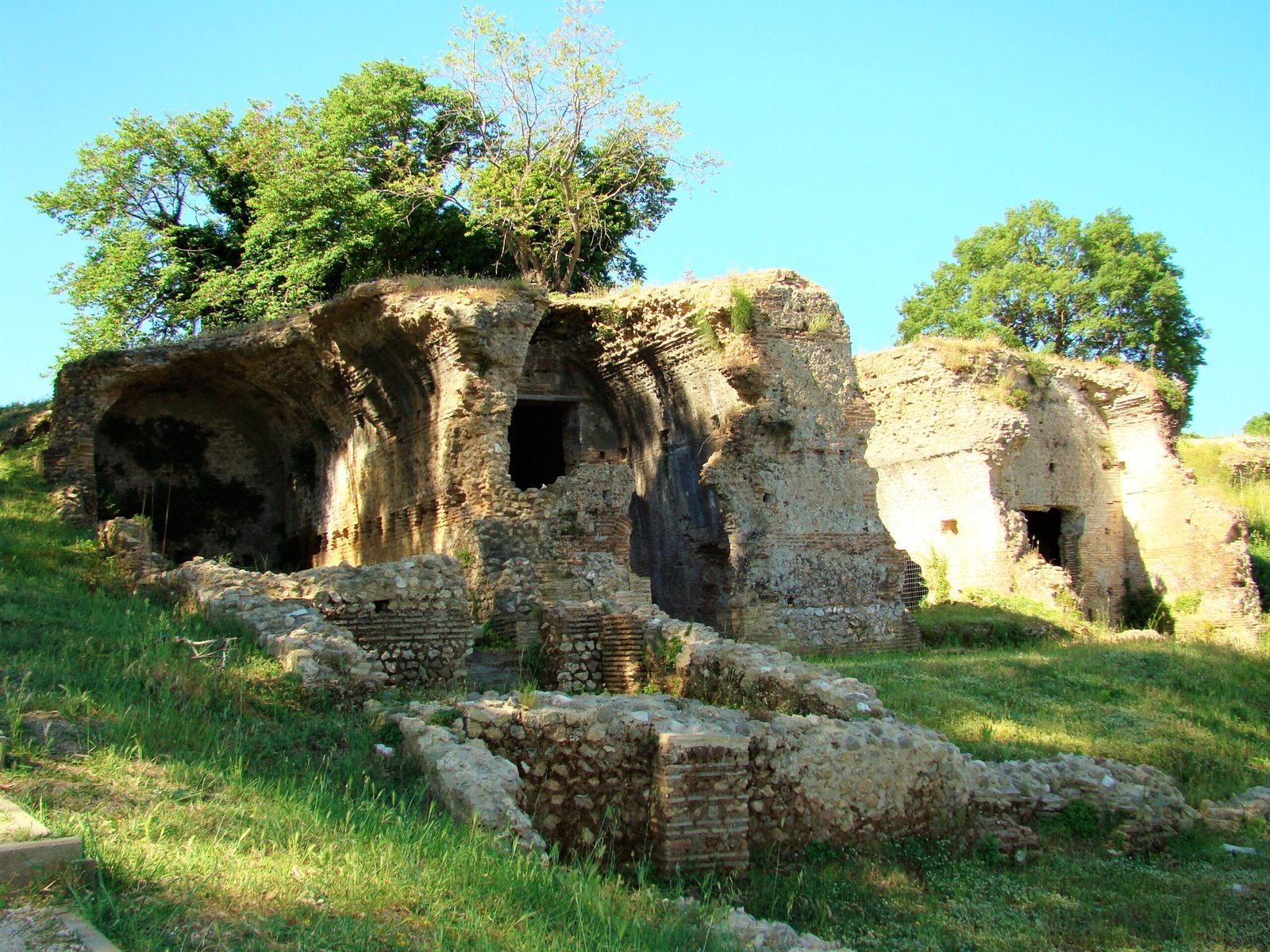
Rome would have been unlivable without its vast network of underground aqueducts. These ancient water channels, some stretching for dozens of miles, brought fresh water to fountains, homes, and public baths. The engineering required to build these tunnels—carved through rock, lined with brick, and sloping just right to keep water flowing—was nothing short of genius. Many of these aqueducts still exist, hidden beneath modern streets, quietly reminding us how much of Rome’s greatness depended on mastering the unseen.
The Necropolis Under St. Peter’s Basilica
Beneath the soaring dome of St. Peter’s Basilica lies a city of the dead—the Vatican Necropolis. This ancient burial ground once lay outside the city walls, filled with tombs and mausoleums belonging to the earliest Christians. In the 1940s, Pope Pius XII ordered secret excavations that uncovered what many believe to be the tomb of Saint Peter himself. The necropolis is a place of hushed reverence, where the air feels thick with centuries of hope, devotion, and longing for the divine.
Rediscovered Roads: The Via Triumphalis
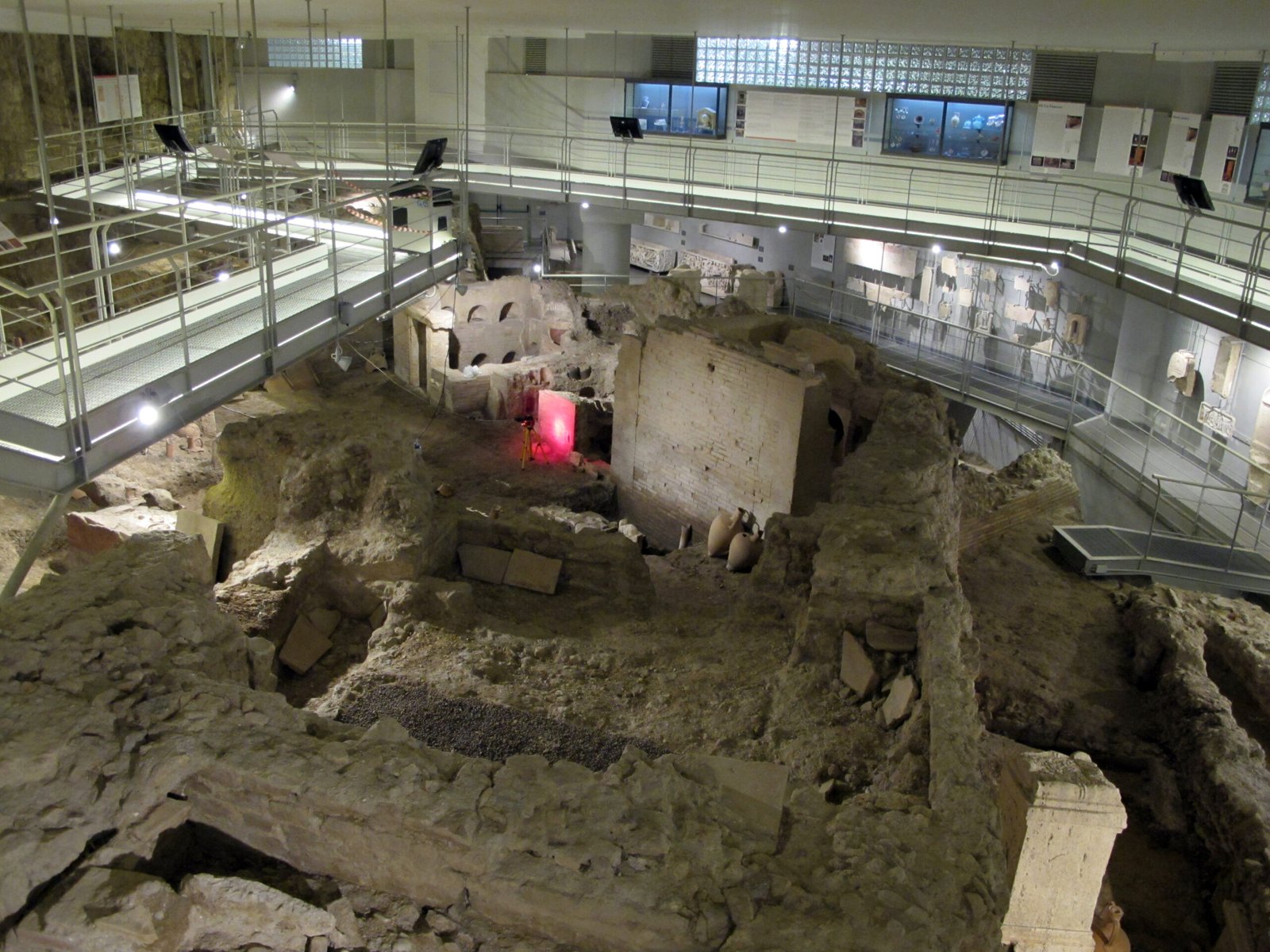
Some of Rome’s most important roads have disappeared beneath layers of later construction, only to be rediscovered centuries later. The Via Triumphalis, for instance, was once the route taken by victorious generals returning in triumph. Archaeologists have uncovered stretches of this ancient road beneath modern neighborhoods, complete with ruts from chariot wheels and remnants of roadside tombs. Walking these stones, you can almost picture the cheering crowds and the banners waving in the Roman sun.
The Mithraeum Mysteries
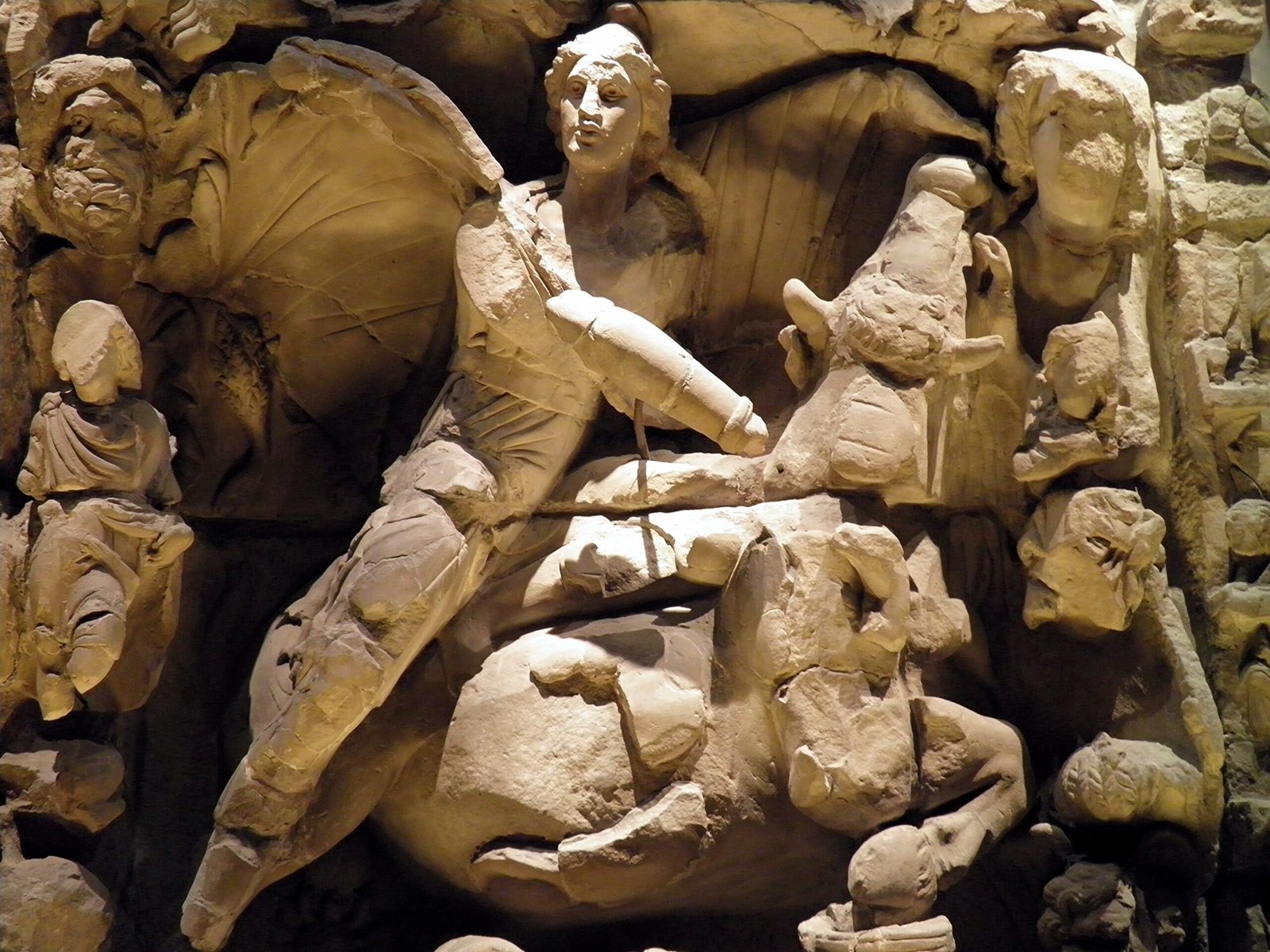
Mithraea—temples dedicated to the Persian god Mithras—are some of the most intriguing finds in Rome’s underground. These dimly lit sanctuaries, often hidden beneath houses or public buildings, were places of secretive male initiation rites. The most famous Mithraeum, beneath the Circus Maximus, features a relief of Mithras slaying a bull surrounded by astrological symbols. Though much about this cult remains mysterious, the underground temples hint at Rome’s spiritual diversity and the allure of secret knowledge.
Forgotten Markets and Daily Life
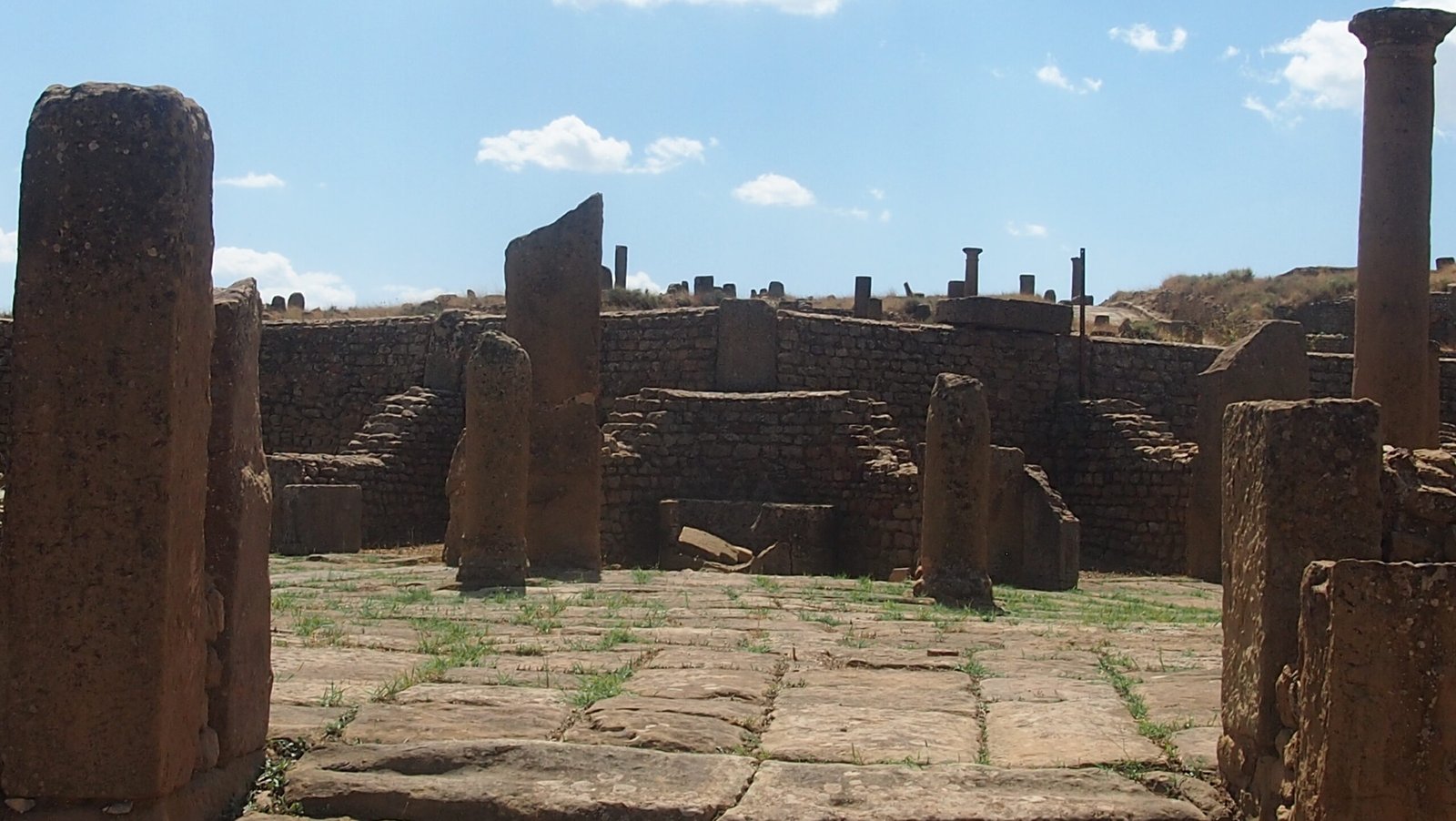
Not everything beneath Rome is about temples and tombs. Excavations have revealed entire marketplaces, bakeries, and workshops buried under the city, freezing moments of daily life in time. In some underground chambers, archaeologists have found carbonized loaves of bread and tools left as if waiting for their owners to return. These discoveries offer a precious glimpse into the ordinary lives of Romans—what they ate, how they worked, and the rhythms of their bustling neighborhoods.
Hidden Art Treasures
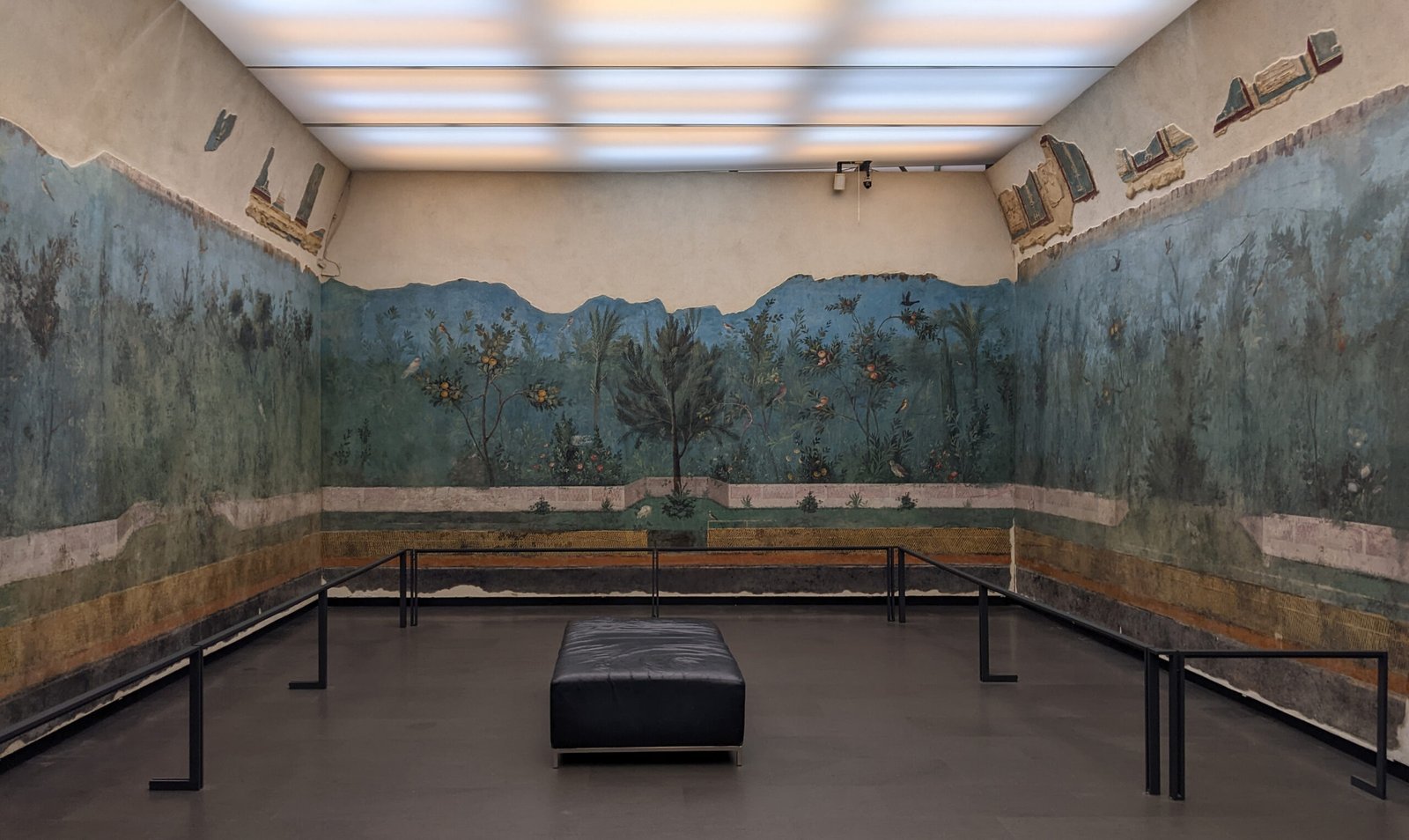
The underground world of Rome is also a treasure trove of forgotten art. Frescoes, mosaics, and sculptures—some remarkably well-preserved—await rediscovery in crypts and chambers. The colors may be faded, but the artistry still speaks. In the Domus Aurea, Nero’s lavish “Golden House,” underground rooms reveal fantastical painted scenes of myth and nature. Seeing these works in the half-light of the subterranean world gives them a haunting, almost magical quality.
Earthquakes, Floods, and the City’s Shifting Ground
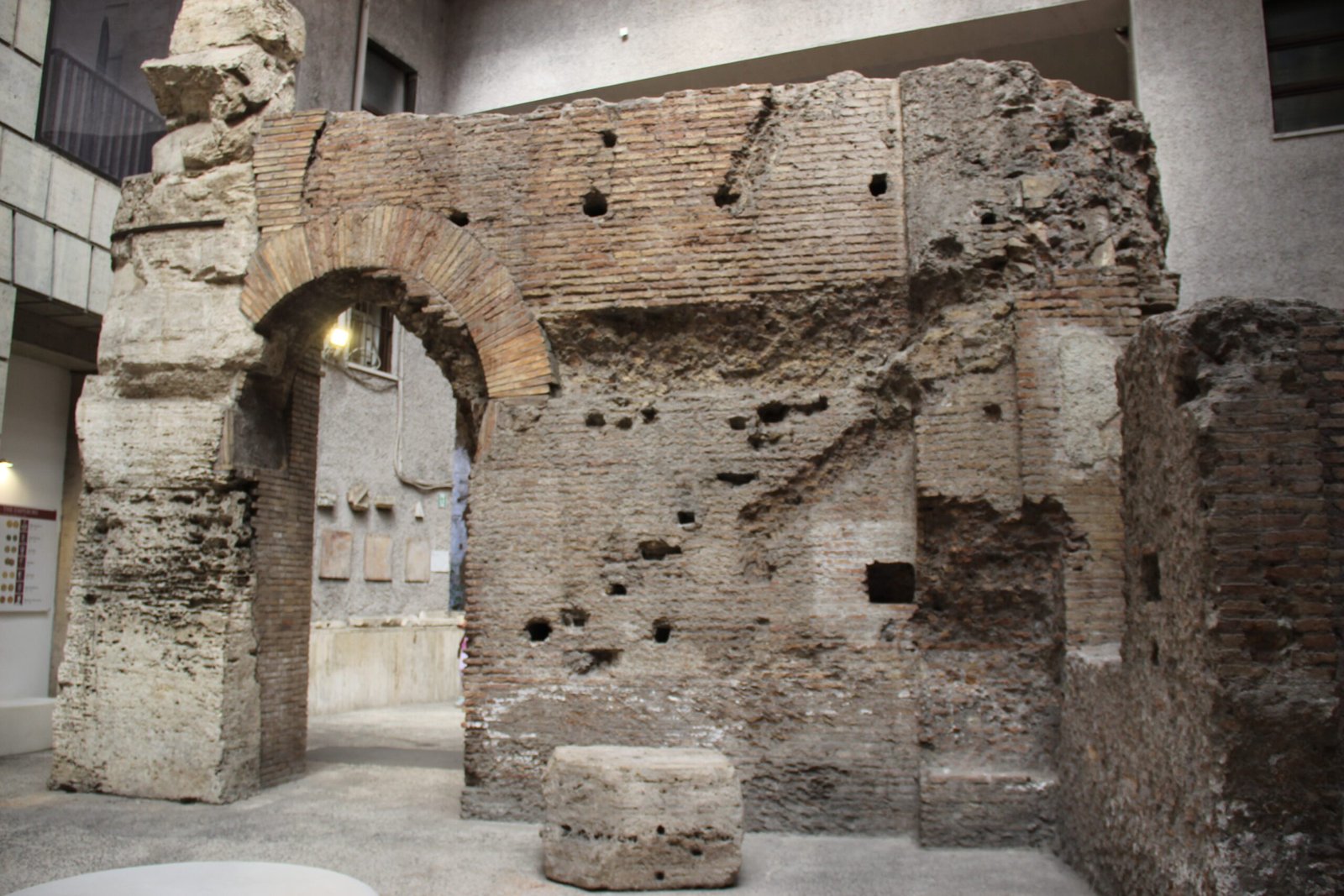
Rome’s underground has not always been stable. Earthquakes, floods, and centuries of construction have caused tunnels to collapse and entire neighborhoods to sink. Some areas remain off-limits, too dangerous to explore. Yet these disasters have also preserved history in unexpected ways, sealing off rooms and artifacts until they’re found centuries later. The city’s ever-shifting ground is both curse and blessing—a reminder that Rome is alive, always changing, and never truly conquered.
Modern Science Meets Ancient Mystery
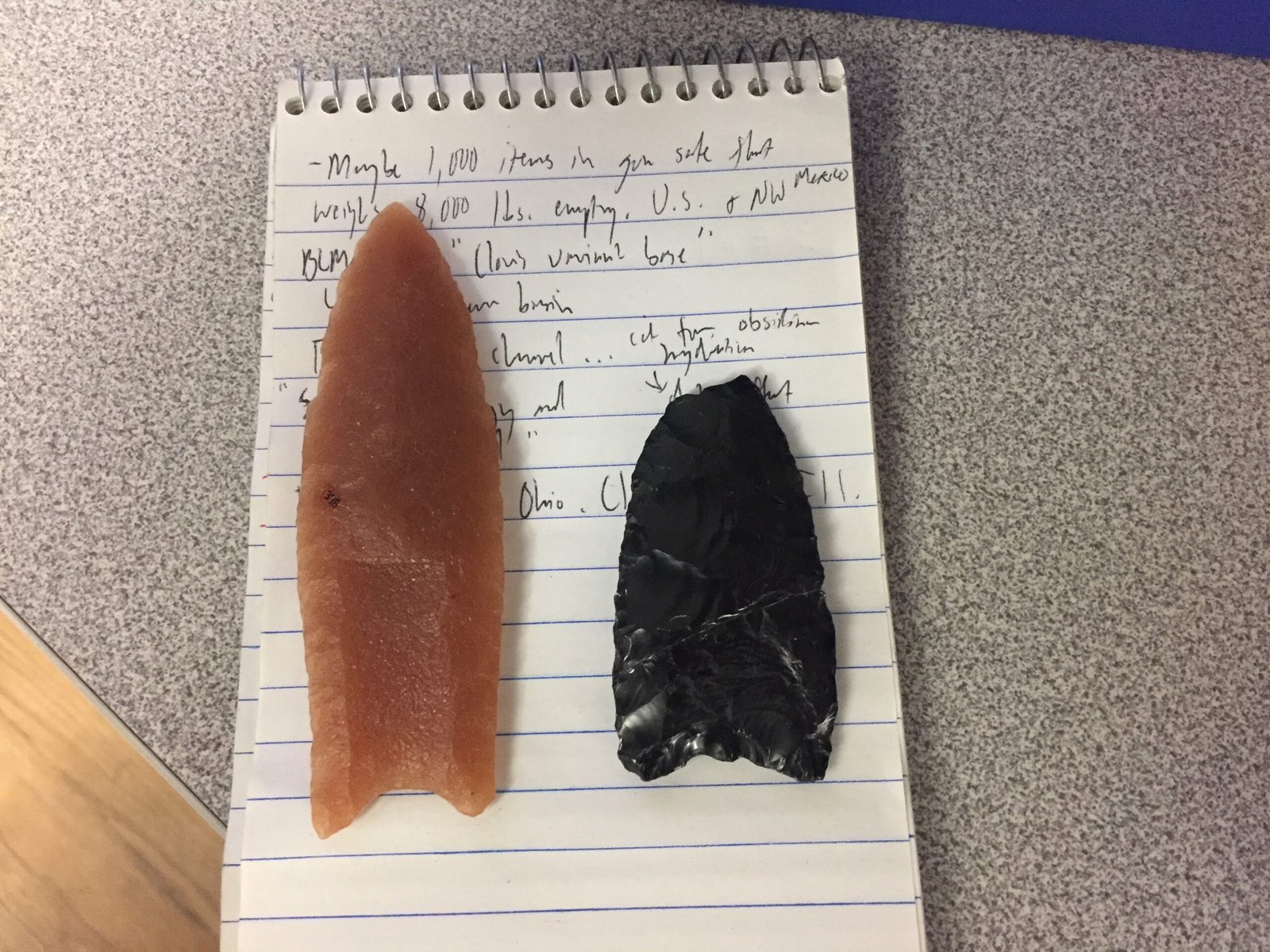
Today, archaeologists and scientists use cutting-edge technology to probe Rome’s underground mysteries. Ground-penetrating radar, 3D mapping, and even robots help uncover tombs and tunnels without disturbing the fragile layers above. Each discovery adds another piece to the puzzle, revealing how Romans lived, worshipped, and survived. Science doesn’t just solve old mysteries; it brings new life to stories once buried in darkness.
The Eternal City’s Unending Allure
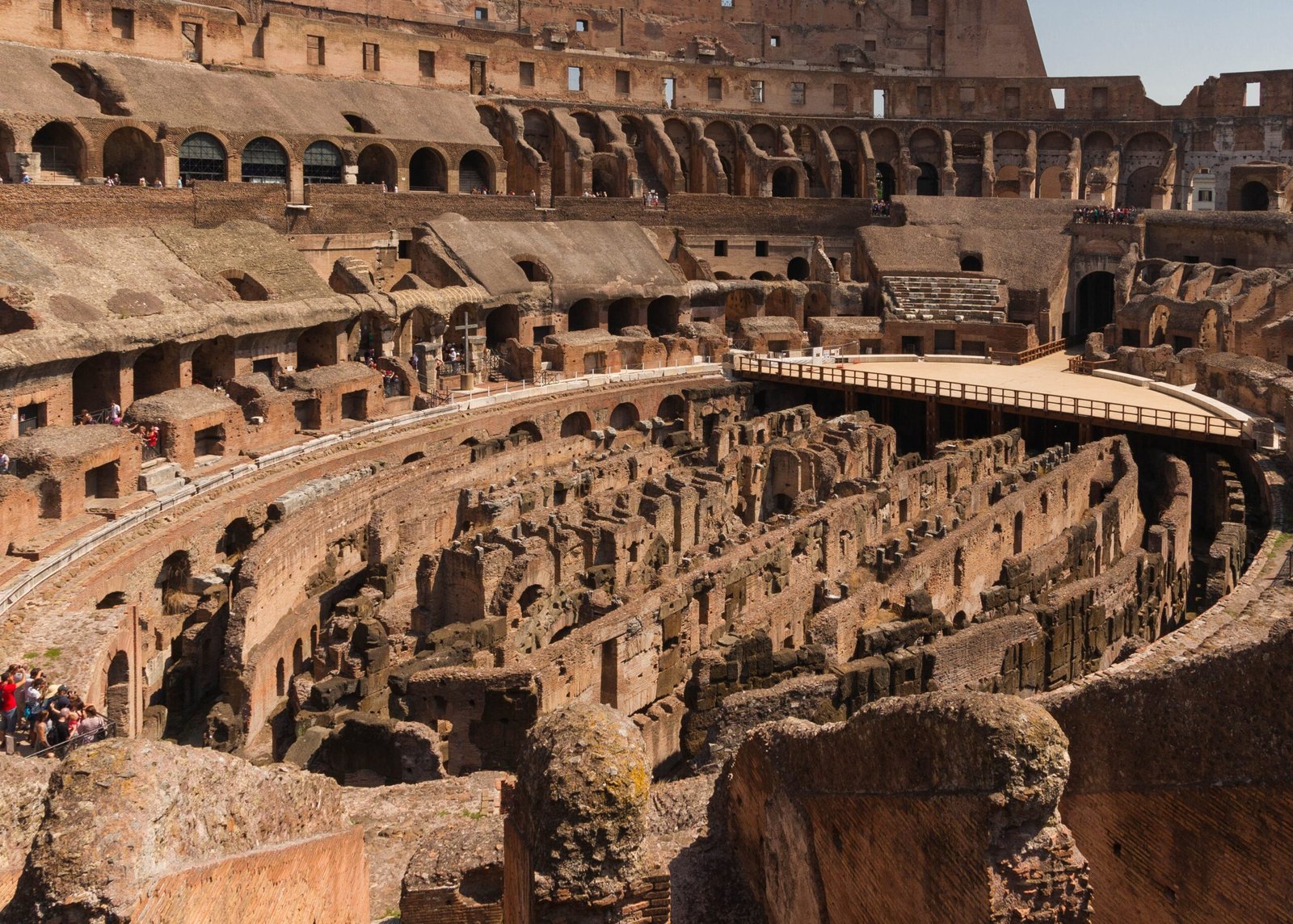
Rome’s greatest secret might be this: even after centuries of digging, there is always more to discover. Every time a new subway line is built or a basement is renovated, there’s a chance of uncovering a lost mosaic, a hidden crypt, or a forgotten temple. The city’s layers are like the rings of an ancient tree, each one telling its own story of triumph, tragedy, and transformation. Rome’s underground is not just about the past—it’s a living, breathing reminder that history is never really finished.




